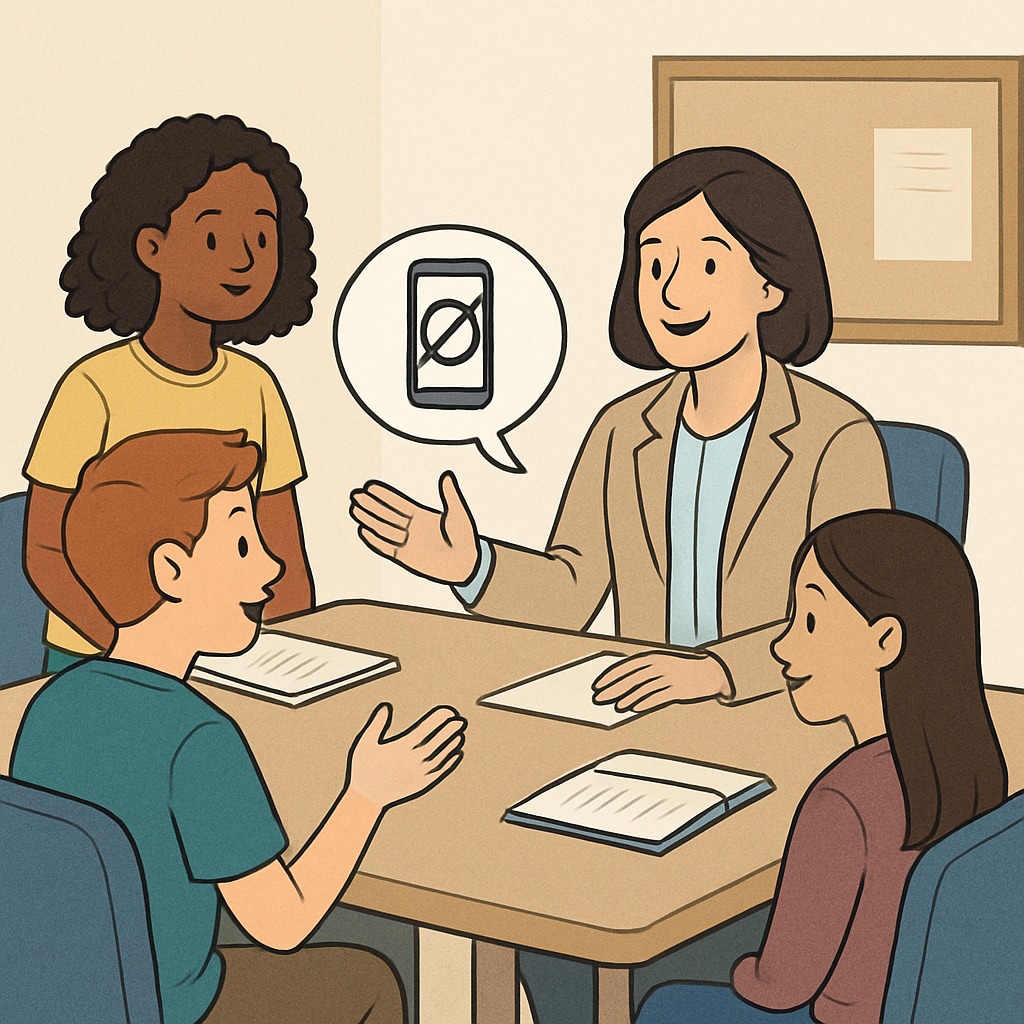In recent years, the implementation of phone bans in schools has gained traction across various states. These policies aim to improve classroom focus, ensure school safety, and optimize education resources. However, the question remains: Are comprehensive bans the best solution, or can more flexible approaches better address the needs of modern students and educators? This article delves into the advantages and disadvantages of school-wide phone bans and explores alternative strategies to balance safety, communication, and productivity.

The Case for Comprehensive Phone Bans in Schools
Proponents of school phone bans argue that mobile devices are a major source of distraction. Studies have shown that students are likely to check their phones multiple times during a lesson, leading to decreased engagement and learning retention. By removing phones from the equation, schools aim to create an environment that fosters focused learning. Additionally, bans can help curb cyberbullying during school hours and reduce the pressure of social media among students.
Another significant advantage is the enhancement of school safety. Without phones, students are less likely to engage in unauthorized recording or sharing of sensitive situations, which can escalate conflicts. Moreover, a phone-free environment encourages face-to-face communication and collaboration among students, fostering stronger interpersonal skills.
Challenges of a Blanket Phone Ban
Despite the intentions behind phone bans, they are not without challenges. One primary concern is the need for students to have access to phones in emergencies. Parents often rely on phones to stay connected with their children, especially during unforeseen situations such as natural disasters or school lockdowns.
Another drawback is the potential missed opportunity to integrate smartphones as educational tools. With the plethora of apps and resources available, phones can be leveraged for interactive learning, research, and collaboration. A total ban may prevent students from acquiring essential digital literacy skills, which are increasingly critical in the modern workforce.
Lastly, enforcing such bans can be difficult and resource-intensive. Teachers and administrators may spend valuable time monitoring compliance rather than focusing on teaching and school management.

Flexible Alternatives to Phone Bans
Instead of comprehensive bans, schools can adopt flexible phone management policies that balance the needs of safety, focus, and resource optimization. Here are some alternatives:
- Designated Phone-Free Zones: Schools can establish specific areas, such as classrooms, where phones are prohibited, while allowing their use in common spaces like cafeterias or during breaks.
- Time-Restricted Use: Implementing policies where phones can only be used during certain periods, such as before or after school, can help maintain focus during lessons.
- Educational Integration: Teachers can incorporate phones into lesson plans by using apps for quizzes, research, and collaborative projects, ensuring phones are used productively.
- Parental Controls: Schools can work with parents to enable restrictions on non-educational apps during school hours, reducing distractions without imposing blanket bans.
Striking the Right Balance
Ultimately, the effectiveness of any phone policy depends on its alignment with the needs of the school community. Schools should engage in open dialogue with students, parents, and educators to establish a policy that reflects collective values and priorities. By combining clear rules with education on responsible phone usage, schools can cultivate an environment that supports both academic success and personal growth.
While comprehensive bans may seem like a straightforward solution, flexible management approaches often offer a more inclusive and practical way forward. By leveraging technology responsibly and thoughtfully, schools can address the challenges of the digital age while preparing students for a connected future.
Readability guidance: This article uses short paragraphs, lists to summarize key points, and incorporates transition words like “however,” “in addition,” and “as a result” to ensure smooth readability. Passive voice usage is minimized, and long sentences are kept under control for clarity.


